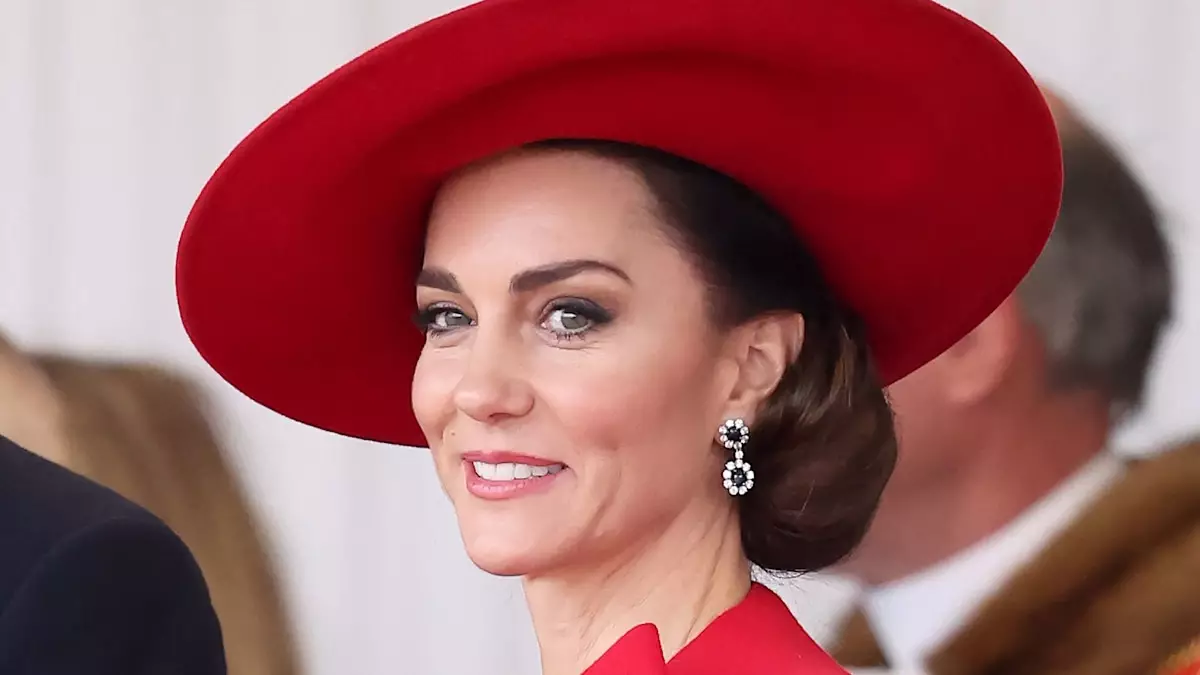In a world draped in elegance and tradition, the royal family remains an emblem of sartorial excellence and meticulous protocols. These rules are not mere guidelines; they are a testament to centuries of heritage that govern how royal ladies like Princess Kate and Zara Tindall adorn themselves during public appearances. While the fabric of royal attire often receives significant attention, the subtler nuances of headwear and color choices are equally captivating. Understanding the implications behind these choices offers a glimpse into both the individuality of the wearers and the legacy they represent.
Timeless Hat Protocols
At the heart of royal headwear lies a storied tradition that demands a hat for formal engagements—or so we are told. In an insightful discussion with former royal butler Grant Harrold, it becomes apparent that royal etiquette is steeped in history, dating back to the 1850s when modesty ruled social interactions. The expectation for hats to be worn from the break of dawn until dusk reflects not just a fashion statement, but a cultural ethos embedded in the fabric of upper-class norms. The notion that women must cover their hair in public is a poignant reminder of societal expectations that have morphed over time, yet were unwavering in their significance.
This protocol seems stringent but is designed with flexibility—allowing the royal ladies to opt out of headgear during less formal outings—demonstrating a balance between tradition and modernity. It’s essential to note that the royal women are not bound exclusively by function; they infuse their persona into their hat choices, showcasing personal style while honoring established customs.
The Unwritten Rules of Royal Color Choices
Beyond hats, the color palette chosen by royal women often serves as an unspoken language—one that conveys messages of power, dignity, and emotional resonance. For Princess Kate, opting for red at significant engagements is a notable trend, harkening back to her late mother-in-law, Princess Diana. This color is more than a fashion choice; it’s a strategic declaration of confidence and leadership. Marina Thomas, a fashion commentator, elucidates this association, tracing it back to ancient cultures where red symbolized courage and valor in battle.
By embracing colors with profound historical significance, such as red, royal ladies enshrine their appearances with layers of meaning. This method of storytelling through fashion enhances their public image and connects them to the rich legacy of those who came before them. The dresses, coats, and accompanying hats in bold hues become visual narratives, embodying a collective ethos tied to the responsibilities and influences of the royal family.
Hats or Fascinators: The Delicate Balance
While hats have received royal approval, fascinators seem to dance in the realm of taboo. The survey of royal engagements reveals a clear preference for traditional hats over modern alternatives like fascinators, especially during formal ceremonies held at places like Westminster Abbey. Harrold discusses this preference as part of the broader allegiance to royal standards, wherein the absence of specific headgear could provoke scrutiny or signify a lack of decorum.
Princess Beatrice’s playful experimentation with oversized headbands illustrates the creative tension between tradition and personal expression. This glimpse into the fashion choices of royal family members suggests that they may choose to reinterpret age-old rules while still adhering to inherent guidelines. Such adaptations indicate a desire to maintain relevance within the ever-evolving landscape of fashion and societal expectations.
A Reflection of Individuality within Tradition
Ultimately, the sartorial choices of royal ladies like Princess Kate and Zara Tindall serve as an exploration of identity within the framework of tradition. They bear the responsibility of upholding an esteemed legacy while simultaneously asserting their individuality. This delicate dance between honoring customs and expressing personal style becomes an intriguing commentary on modern monarchy’s role in society.
Through their hairstyles, colored garments, and headwear, these royals encapsulate narratives that resonate beyond mere aesthetics, challenging us to consider fashion as an active participant in the storytelling of contemporary royalty. Their fashion decisions reflect an engagement with heritage while inviting a more personal connection to the lives they lead in the public eye.

